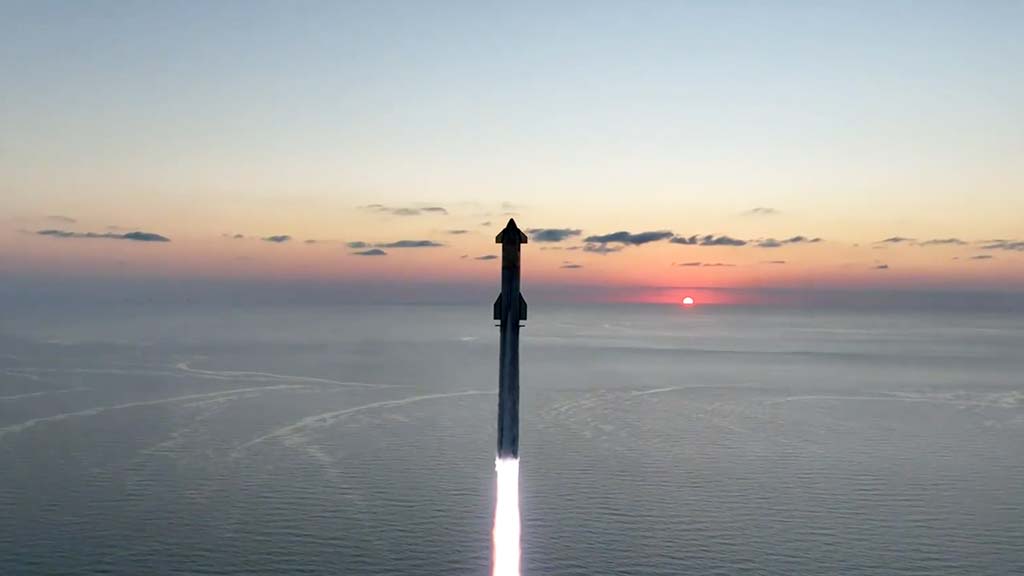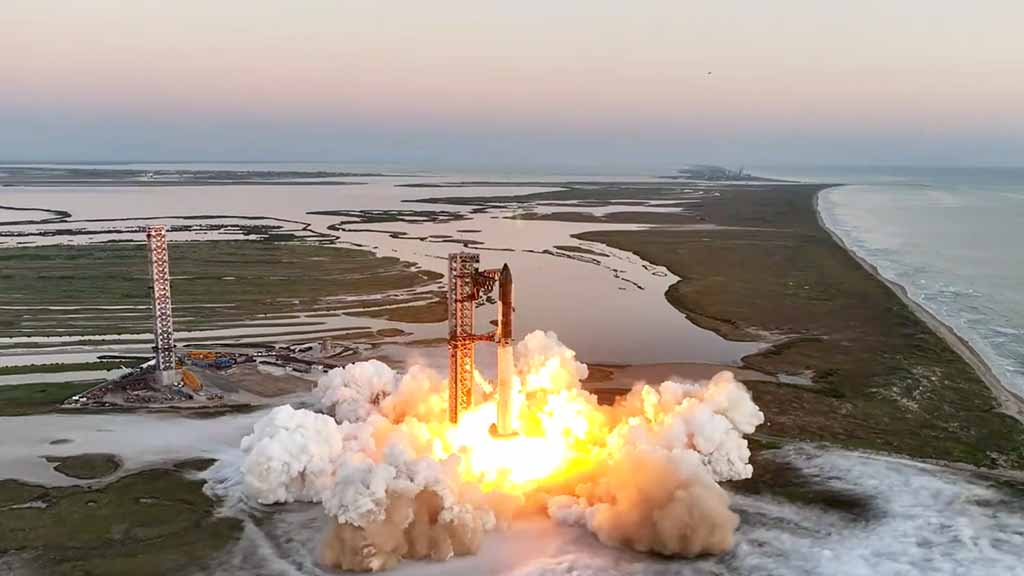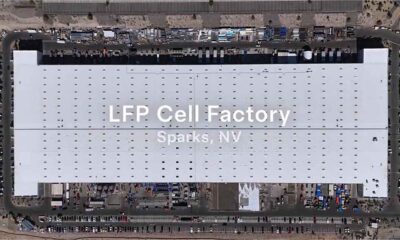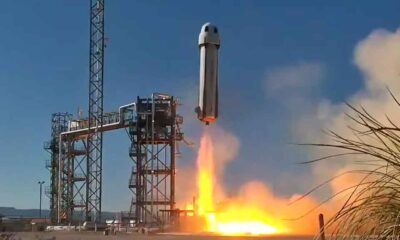SpaceX
SpaceX launches Starship Flight 5: Completes Booster Catch and Aces Reentry

On October 13, 2024, SpaceX launched Starship Flight 5 from Boca Chica Starsbase Texas and completed two important milestones.
The integrated flight lifted off the vehicle with its 33 raptor engines. After reaching max Q, the mission control fired the hot-stage jettison and separated both stages.
After hot-staging the booster stage maneuvered back to Earth and the second stage ignited its 6 Raptor engines to coast over the Earth towards the Indian Ocean.
The next phase was a catch attempt and the company had a fail-safe plan whether to move with this phase or splash it down in the ocean.
It depends on the post-liftoff health of the booster and the launch pad. If both conditions are met, the company attempt to land the booster on the launch site and try the catch attempt.
Fortunately, both conditions were favorable and the rocket descended on the launch tower’s trajectory with its grid fins.
In the final moments of descent, the booster performed its landing burn re-igniting 13 of its onboard engines, and landed right between the chopsticks. There, it completed the first objective of catching the booster.
This is the first-ever attempt to recover the booster and the SpaceX did it right.

SpaceX Starship 5 Liftoff Engine Ignition from Boca Chica Starbase Texas (Source – SpaceX)
Reentry
For the next 40 minutes, the upper stage was coasting over the Earth and reached the reentry point in the Indian Ocean.
This time, the spacecraft carried new tiles for extra protection including a secondary layer for improved heat resistance during the high-heat region.
Compared to flight 4, the spacecraft has completed all reentry phases and fired the final burn, flip maneuver, and splashed down in the Indian Ocean.
Splashdown confirmed! Congratulations to the entire SpaceX team on an exciting fifth flight test of Starship! pic.twitter.com/FhCGznq9RO
— SpaceX (@SpaceX) October 13, 2024
The entire mission lasted for more than 1 hour and 5 minutes from start to finish.












